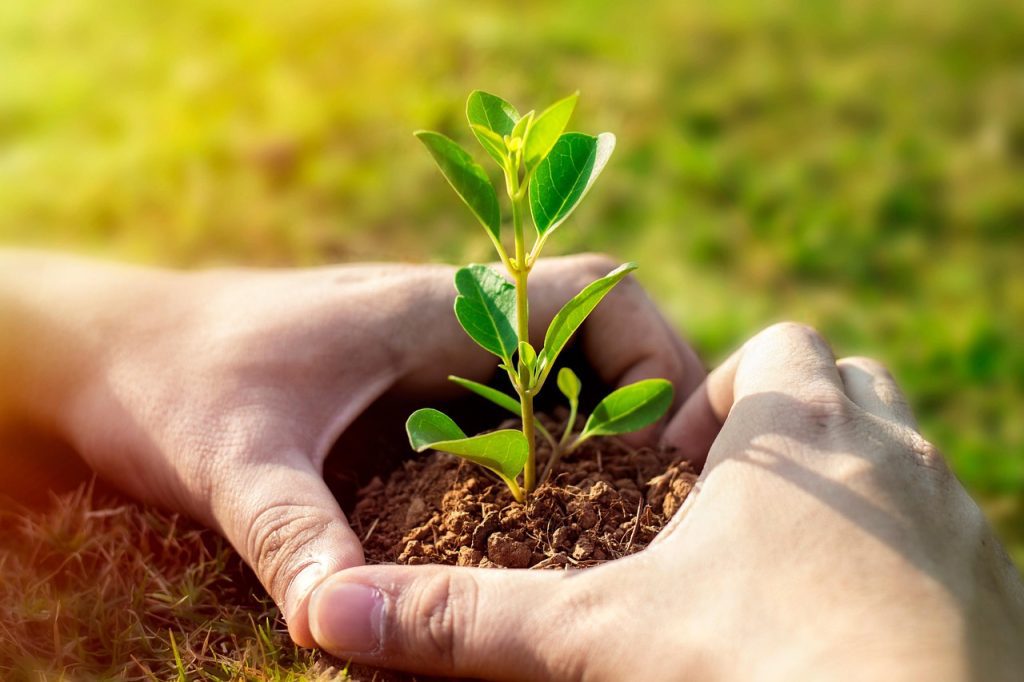Think of a world where every person plants a tree, where entire communities come together to turn barren land into green, thriving forests.
That’s exactly what World Planting Day is about.
Every year, millions of people celebrate this day by planting trees, restoring nature, and taking action for a healthier planet.
But why is this so important? And how can you make a real impact?
This guide will walk you through everything you need to know about World Planting Day, from its origins to the powerful changes it can bring.
What Is World Planting Day?
World Planting Day is an annual event dedicated to tree planting and environmental restoration.
It is celebrated globally on March 21st, marking the beginning of spring in many parts of the world.
Why March 21st?
This date aligns with the International Day of Forests, which signifies the role of trees in sustaining life.
It’s a day when people across continents unite to plant trees, fight deforestation, and restore natural ecosystems.
Why Does World Planting Day Matter?
You might be wondering: How much can planting a single tree really do? The answer is a lot more than you think.
Here’s why World Planting Day is more than just putting seeds in the ground:
1. Trees Fight Climate Change:
Trees absorb carbon dioxide (CO₂), which is one of the biggest contributors to global warming.
A mature tree can absorb up to 48 pounds of CO₂ per year, which can help slow climate change.
2. Trees Protect the Land:
Tree roots hold soil together, preventing erosion and landslides.
They also improve soil fertility, making the land richer for farming.
3. Trees Provide Clean Air and Water:
Trees filter pollutants to improve air quality. On the other hand, forests act as natural water filters to prevent water contamination.
4. Trees Support Biodiversity:
- Forests are home to 80% of all land-based species.
- Planting trees creates habitats for birds, insects, and animals.
5. Trees Improve Mental Health and Well-being:
- Green spaces reduce stress and anxiety.
- Studies show that spending time around trees can boost mood and concentration.
The Global Impact of World Planting Day
– Countries Leading the Way
Different nations have embraced tree planting as a way to restore nature:
- India: In 2016, volunteers planted 50 million trees in a single day—a world record.
- Ethiopia: In 2019, the country planted 350 million trees in one day as part of an anti-deforestation campaign.
- China: The government has been planting billions of trees for decades, increasing forest cover dramatically.
– The Great Green Wall Project
Africa is building an 8,000 km wall of trees across the continent to fight desertification.
This also has the added advantage of creating jobs and restoring farmland.
– Urban Tree Planting
Cities like New York and London are adding green spaces to improve air quality and reduce heat.
How to Get Involved in World Planting Day
Want to take action? Here’s how you can be part of World Planting Day as an individual, a community, or a business.
1. Plant a Tree in Your Home or Community:
- If you have a backyard, plant a tree suited to your local climate.
- No backyard? Look for community tree-planting events.
2. Join a Tree-Planting Event:
- Many organizations host tree-planting drives.
- Check local environmental groups or national initiatives.
3. Support Reforestation Programs:
- Donate to projects like One Tree Planted, which plants trees worldwide.
- Volunteer for organizations that restore forests.
4. Educate and Spread Awareness:
- Share information about deforestation and tree planting on social media.
- Encourage schools and workplaces to organize tree-planting events.
5. Reduce Paper and Wood Waste:
- Opt for recycled paper products.
- Support businesses that use sustainable wood sources.
Challenges and Controversies in Tree Planting
Tree planting is great, but it’s not always simple.
Some challenges need to be addressed for it to be truly effective.
1. Planting the Wrong Trees:
Not all trees are suitable for all environments. Some tree-planting efforts fail because:
- Non-native species are planted, harming local ecosystems.
- Fast-growing trees are used, but they deplete the soil.
2. Monoculture Plantations:
Planting only one type of tree can be harmful because:
- It reduces biodiversity, making forests less resilient.
- It makes trees more vulnerable to pests and diseases.
3. Lack of Long-Term Care:
Many tree-planting projects fail because:
- Trees are planted but not maintained, leading to high mortality rates.
- Local communities are not involved, so the trees don’t survive.
4. Deforestation Outpacing Reforestation:
- Despite massive tree-planting efforts, deforestation continues at an alarming rate.
- Protecting existing forests is just as important as planting new trees.
To Wrap Up
World Planting Day is more than just a one-day event—it’s a movement that calls for real change.
Planting a tree today might seem small, but over time, it can become part of something much bigger. Whether you plant one tree or inspire a community, you have the power to restore nature, fight climate change, and create a greener future.
So, what are you waiting for? Get your hands dirty, plant a tree, and be part of the solution.
For more information, visit organizations like One Tree Planted or Arbor Day Foundation.
